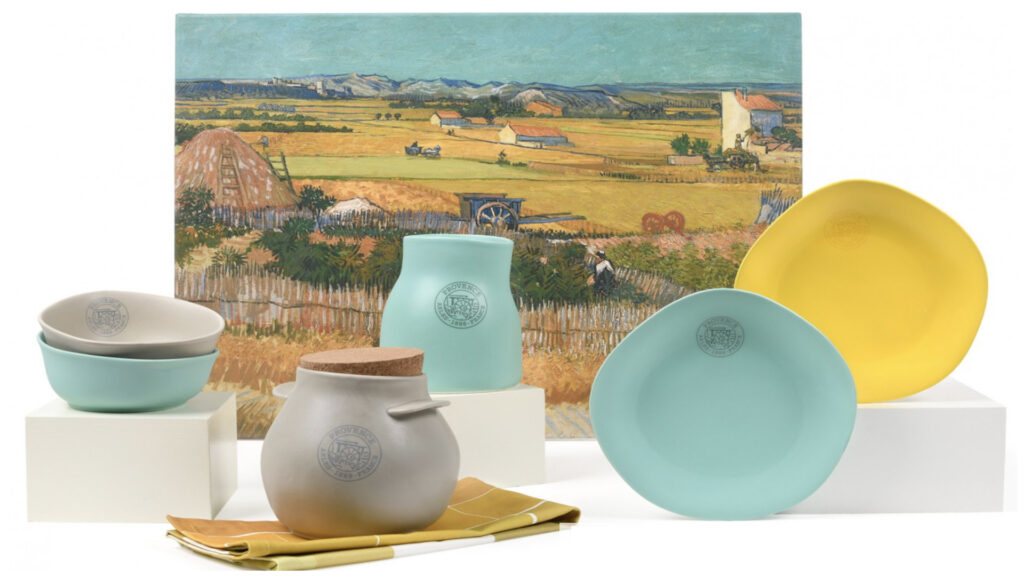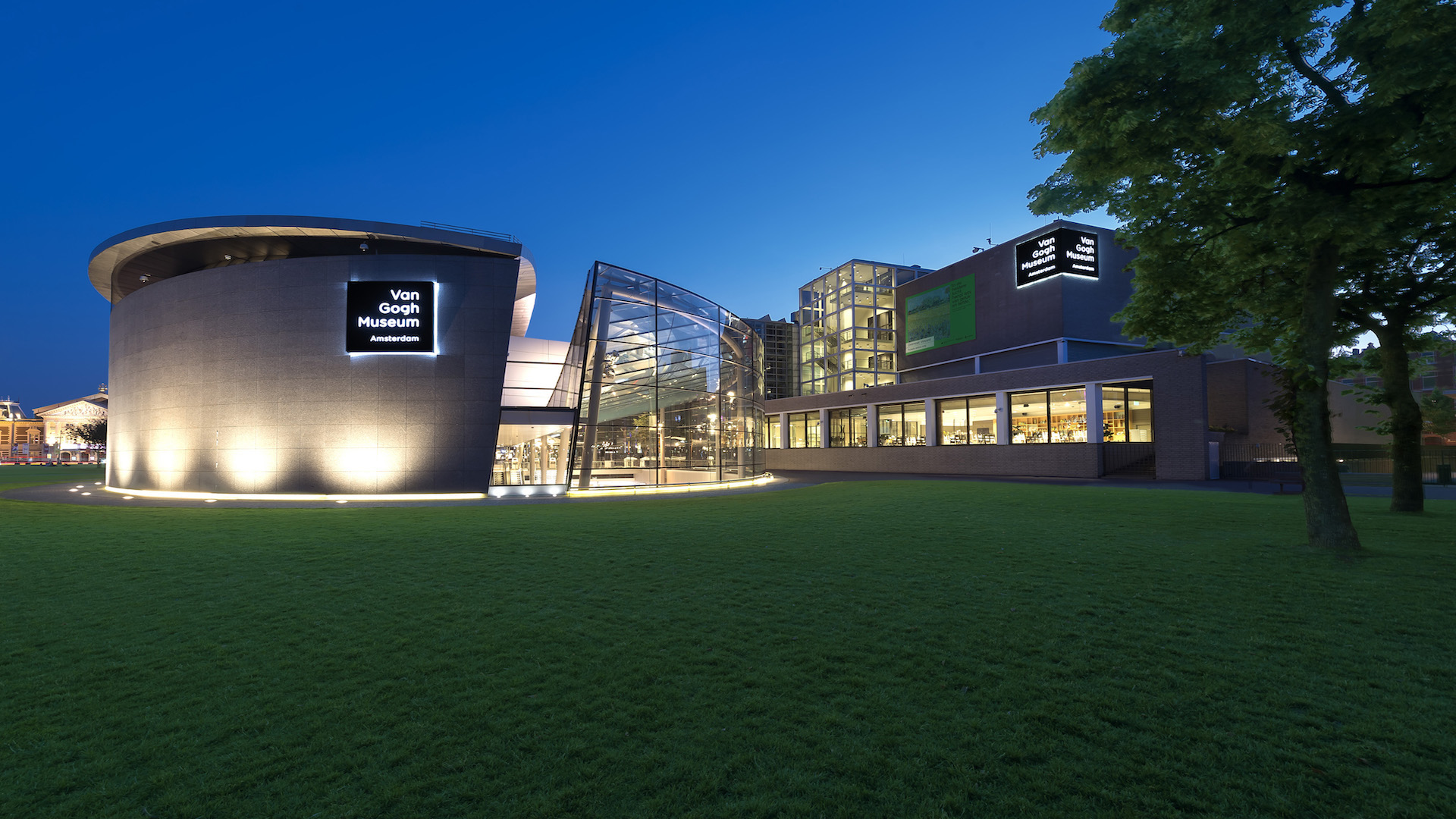Key Takeaways
- Major cultural institutions can no longer afford to ignore lucrative revenue opportunities in China. Finding an agency with nuanced local understanding is essential.
- Local partnerships enable Western cultural institutions to collaborate across a range of industries and on multiple digital platforms — which Van Gogh Museum has recognized as key to tapping into China’s e-commerce market.
For the past four years, the Van Gogh Museum has introduced the swirling skies and floral flourishes of its eponymous artist to audiences from Beijing to Barcelona in the form of the immersive exhibition, Meet Vincent van Gogh.
The itinerant installation is entirely without original artwork focusing instead on storytelling by recreating scenes from his life and paintings — visitors explore his Arles bedroom, stop by a Parisian café from the 1880s, and listen to dramatizations of the Dutchman’s letter-correspondences.
Unlike many of its state-backed European counterparts, the Van Gogh Museum generates more than 85 percent of its own funding and Meet Vincent van Gogh can be seen as the product of an institution more inclined than most to pursue commercial opportunities. In this regard, few markets are more compelling than China.
First steps involved offering language resources for Chinese visitors: a Mandarin multimedia tour, stacks of translated coffee table books in the gift shop, and constant communication through its WeChat account. Deeper China ambitions, however, were issued in 2016 when Amsterdam chose the Chinese capital as the starting-point for the exhibition; it later set-up temporary residence in Shanghai, Sanya, and Macau.
Now, it’s reemphasizing market focus by appointing IMG, a global brand licensing and marketing giant, to aid the China push. IMG has strategic partnerships in China with China Brands Group and Endeavor, companies that specialize in designing and manufacturing IP consumer products for China. This network will support Amsterdam’s market research, local partnership efforts, and Chinese e-commerce abilities.
“The launch of the Meet Vincent van Gogh experience in Beijing in 2016 has taught us a lot about the importance of teaming up with partners with good insight on the local market,” said a Museum representative via email, noting a strong focus on developing IP products for China.
Creating Cultural Goodies for China

“Van Gogh’s work is widely recognized as having the power of a cultural brand,” said Sven Thierhoff, IMG’s VP of Licensing. “Together, we look forward to making his art accessible.” Image: Van Gogh Museum
The practice of Chinese cultural institutions using their IP to create products that appeal to young art enthusiasts, known as wenchuang, is a multibillion dollar industry that has spawned festivals and specialty e-commerce days. Western museums are increasingly tapping into the trend with New York’s Metropolitan Museum of Art and London’s British Museum accruing sizable revenue by selling products on major e-commerce platform Tmall. For Van Gogh Museum, IMG offers newfound potential to turn its 200 paintings into a myriad of goods catering to Chinese tastes.
“With our partnership with IMG, we hope to collaborate with brands in several regions,” said the museum via email, noting a will to collaborate across a broad range of industries. “Luxury labels to youth-oriented fast fashion retailers and as well as consumer durable items, such as high-end white goods, consumer electronics and kitchen appliances.”
The deal was confirmed in late May and although Van Gogh museum has revealed few specific details on its China plans, expect a combination of the art cafes it has already opened in Seoul and the niche branded products that has found other overseas museums startling success.
With travel restrictions certain to drastically curtain the number of Chinese visitors to the Netherlands in the short-term — more than 330,000 arrived in 2018 — the need to find alternate revenue channels has come into sharper focus.
As the museum recognizes, “These efforts serve not necessarily to enhance the visits of the museum, since traveling is difficult these days, but to make the art and life of Van Gogh more accessible around the world.”



